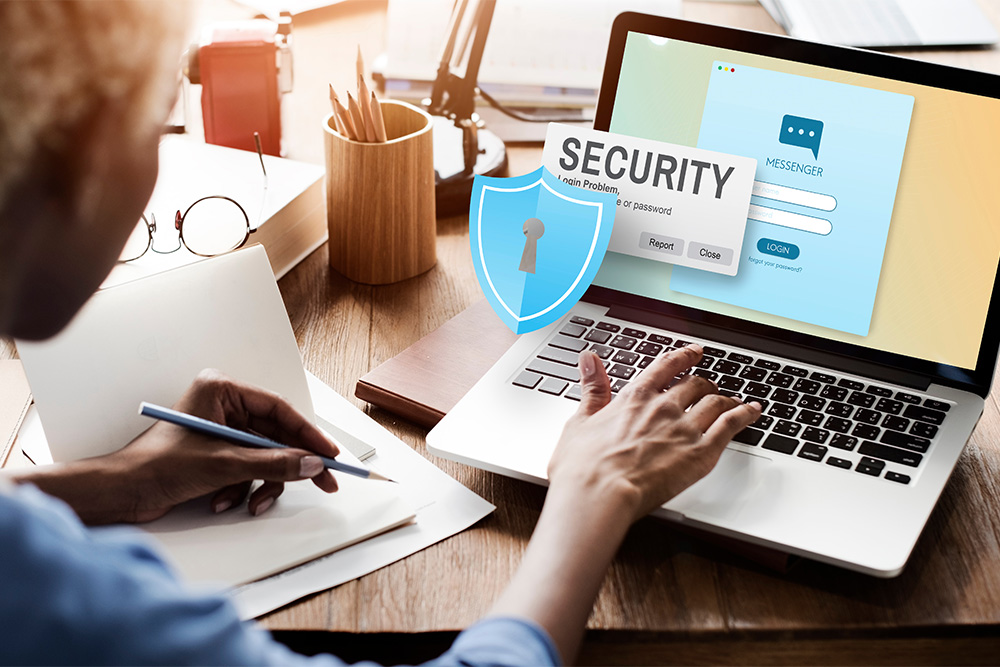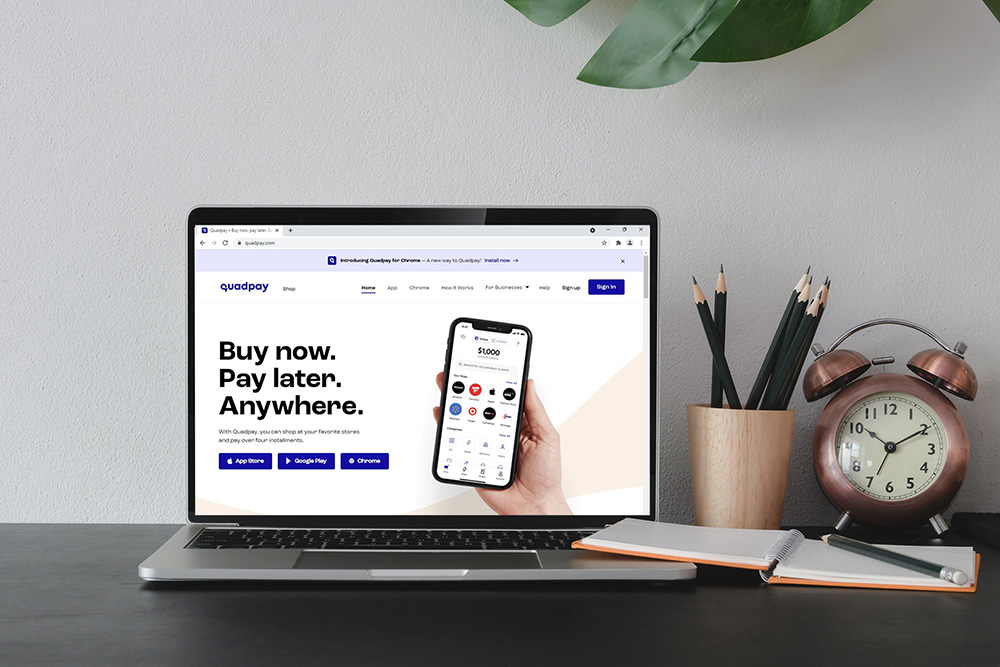DCCU Routing # 251483311
When it comes to protecting your financial future, terms like investments and nest eggs may readily come to mind, but what about your identity? Protecting your identity and keeping your personal information from falling into the wrong hands are becoming increasingly important, especially as fraud tactics continue to evolve. That’s why we put together this list of five ways you can better protect your identity and financial future.
Know the common signs of a scam.
Knowing the warning signs of a scam can play a vital role in keeping your identity safe. Scammers will often pretend to be from an organization you are familiar with, like the Social Security Administration, IRS, financial institutions, etc. They may say that you owe money or are promised some sort of prize. They may also create a false sense of urgency requiring you to act quickly. It’s not uncommon for them to ask for payment in a specific way, such as with a prepaid gift card (which is more difficult to track). Knowing these warning signs could help protect you from falling prey to a scam.
Set strong passwords and protect your credentials.
Another way to safeguard your identity is by setting strong passwords, protecting your login credentials, and enabling multi-factor authentication. Strong passwords are long (ideally twelve or more characters), difficult to guess, and creative. Make sure you choose a different password for each website/application. As a best practice, don’t share this information with anyone, and if you do, change your password immediately. You can also enable multi-factor authentication across your devices and accounts to better protect yourself. Doing this will provide extra layers of security because you’ll need to verify your identity in at least two different ways before being granted access.
Use a digital wallet whenever possible.
Another great way to help protect your identity is by utilizing a digital wallet. This is a financial transaction application that securely stores your payment information (like a credit card, debit card, or banking information) in your mobile device and then allows you to make purchases through that application. The information stored within a digital wallet is converted into a difficult-to-crack code through a process called encryption. Plus, your financial information is never displayed in your digital wallet, decreasing the risk of your card information being compromised. Digital wallets help provide a safer alternative to making purchases in the digital age.
Check your bank statements regularly.
Another way you can protect yourself is by regularly checking your bank account statements for accuracy. Research shows that people who utilize online banking to review their accounts catch financial fraud ten times faster than those who wait for a paper statement in the mail. Reviewing your account activity via online or mobile banking provides a snapshot of your finances virtually in real-time, allowing you to identify problems more quickly. This is just one more way you can help protect your finances and your identity.
Stay informed about current fraud prevention tactics.
One of the most effective ways to protect yourself against scams and fraud is by staying informed. Fraud tactics are constantly evolving, making it necessary to stay vigilant and educated on the latest trends. One way to accomplish this is by staying up to date on news from the National Cybersecurity Alliance or the Cybersecurity & Infrastructure Security Alliance, organizations dedicated to eradicating fraudulent activity. Immersing yourself in the sorts of fraudulent activities scammers participate in can help you protect yourself in the future.
Keeping your personal information from landing in the wrong hands is important, and it plays a key role in protecting your financial future. Prevention, education, and awareness are necessary to stopping the spread of scams and other fraudulent activities. For more fraud prevention information, tips, and alerts, please visit our Fraud Prevention page.
Additional Fraud Prevention Resources

Four Ways to Safeguard Your Online Privacy

Prevent Fraud



